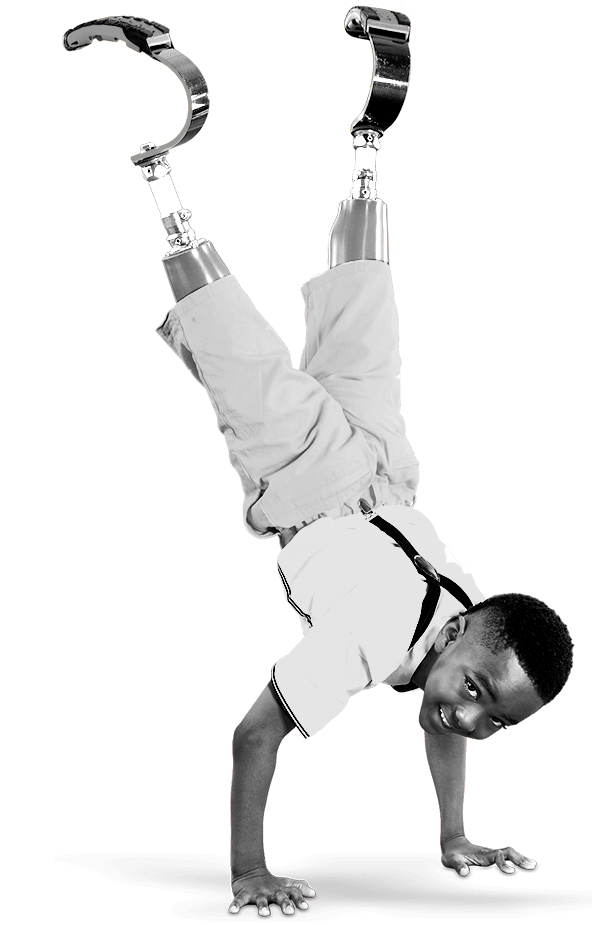
Jul 31, 2019 / Research & Innovation
Trauma Research: What Are Our Experts Learning?
In order to care for the whole child – mind, body, spirit – our team of experts conduct ongoing research to provide the best and most innovative forms of treatment to our patients. Along with the hospital’s six centers for excellence, our doctors are involved in projects focused on advancing the care provided to children who go through a trauma-related injury.
Below is what the team is learning.
Is Less More? Assessing the Utility of Early Clinical and Radiographic Follow-up for Operative Supracondylar Humerus Fractures1
Delaying Surgery in Type III Supracondylar Humerus Fractures Does Not Lead to Longer Surgical Times or More Difficult Reduction: A Retrospective Case Control Study2
Below is what the team is learning.
Is Less More? Assessing the Utility of Early Clinical and Radiographic Follow-up for Operative Supracondylar Humerus Fractures1
Summary
While all doctors seek to give their patients the best possible care, there is little evidence to guide the pathway of follow-up care after patients have surgery for an elbow fracture (supracondylar humerus fracture). Even at our institution, there is not one standard follow-up protocol used by all doctors. This study examined different follow-up processes used by our doctors to see if any led to better outcomes.
Clinical Significance
This study supports the hospital's efforts to minimize unnecessary procedures when treating a patient with an elbow fracture. Studies such as this continue to help our doctors in developing post-operative protocols that reduce the burden on patient families while still ensuring that patients receive the best possible follow-up care.
What We Learned
- An office visit at one week after surgery neither improved nor worsened outcomes.
- Obtaining X-rays at one week after surgery neither improved nor worsened outcomes.
- By the end of their follow-up care period, ALL reviewed patients had good outcomes. At the end of the day, these fractures usually heal very well.
Delaying Surgery in Type III Supracondylar Humerus Fractures Does Not Lead to Longer Surgical Times or More Difficult Reduction: A Retrospective Case Control Study2
Summary
Broken bones happen at all times of the day and night. Some types of broken bones require immediate treatment while other types are able to wait several hours, or until the next day, before being treated. If a certain type of elbow fracture (Type III supracondylar humerus fracture) happens at night, does waiting until the next day for surgery make it more difficult to treat? This study compared elbow fractures that were treated soon after they happened with elbow fractures that were treated later after they happened to see if one group was more difficult to treat than the other.Clinical Significance
This study gives the team more information about the level of urgency required to treat patients with an elbow fracture. Our doctors want to give patients the best possible care, however, they need to be at their best to do so. Injuries that are able to wait until daytime hours for surgery, without any ill after-effects, allow our doctors to be rested and alert at the time that they are performing surgery.
What We Learned
- Delaying time from injury to surgical treatment did not make the surgery more difficult.
- Patients whose surgery was delayed did not have more complications than patients whose surgery was not delayed.
- Patients with more severe injuries tended to have surgery sooner and have more complications that patients with less severe injuries.
- Thompson RM, Hubbard EW, Elliott M, Riccio AI, Sucato DJ. Is less more? Assessing the utility of early clinical and radiographic follow-up for operative supracondylar humerus fractures. Journal of children's orthopaedics. 2018;12(5):502-508.
- Prabhakar P, Ho CA. Delaying Surgery in Type III Supracondylar Humerus Fractures Does Not Lead to Longer Surgical Times or More Difficult Reduction: A Retrospective Case Control Study. Journal of orthopaedic trauma. 2019.



